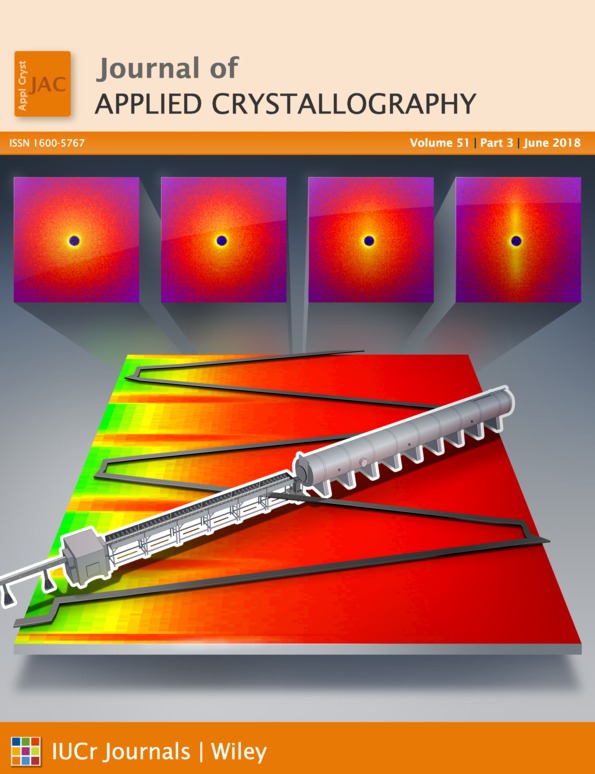Assessment of bias errors caused by texture and sampling methods in diffraction-based steel phase measurements
Abstract
Many advanced high-strength steels rely on a metastable austenite phase for improvements in strength and formability. To date, no method has demonstrated the ability to provide accurate austenite phase fraction measurements in textured steels. Several techniques have been proposed, such as averaging the intensity of several peaks and/or summation of intensity from several sample orientations. The series of numerical experiments performed in this work sought to quantify the effects of texture on the measurement of the austenite phase fraction, with an emphasis on techniques suitable for laboratory X-ray diffraction. Simulated diffraction profiles were created with the following variables: texture components for the ferrite and austenite phases, the sharpness of each of the texture components, the number of peaks used for averaging in the phase fraction calculation, and the sampling scheme used for sample orientation summation in the phase fraction calculation. The resulting phase fraction calculations showed that texture, the number of peak pairs and the sampling method have a drastic effect on phase fraction measurements, causing significant bias errors. Hexagonal grids produced minimal bias errors and demonstrated a robust method of measuring phase fractions in textured materials.




